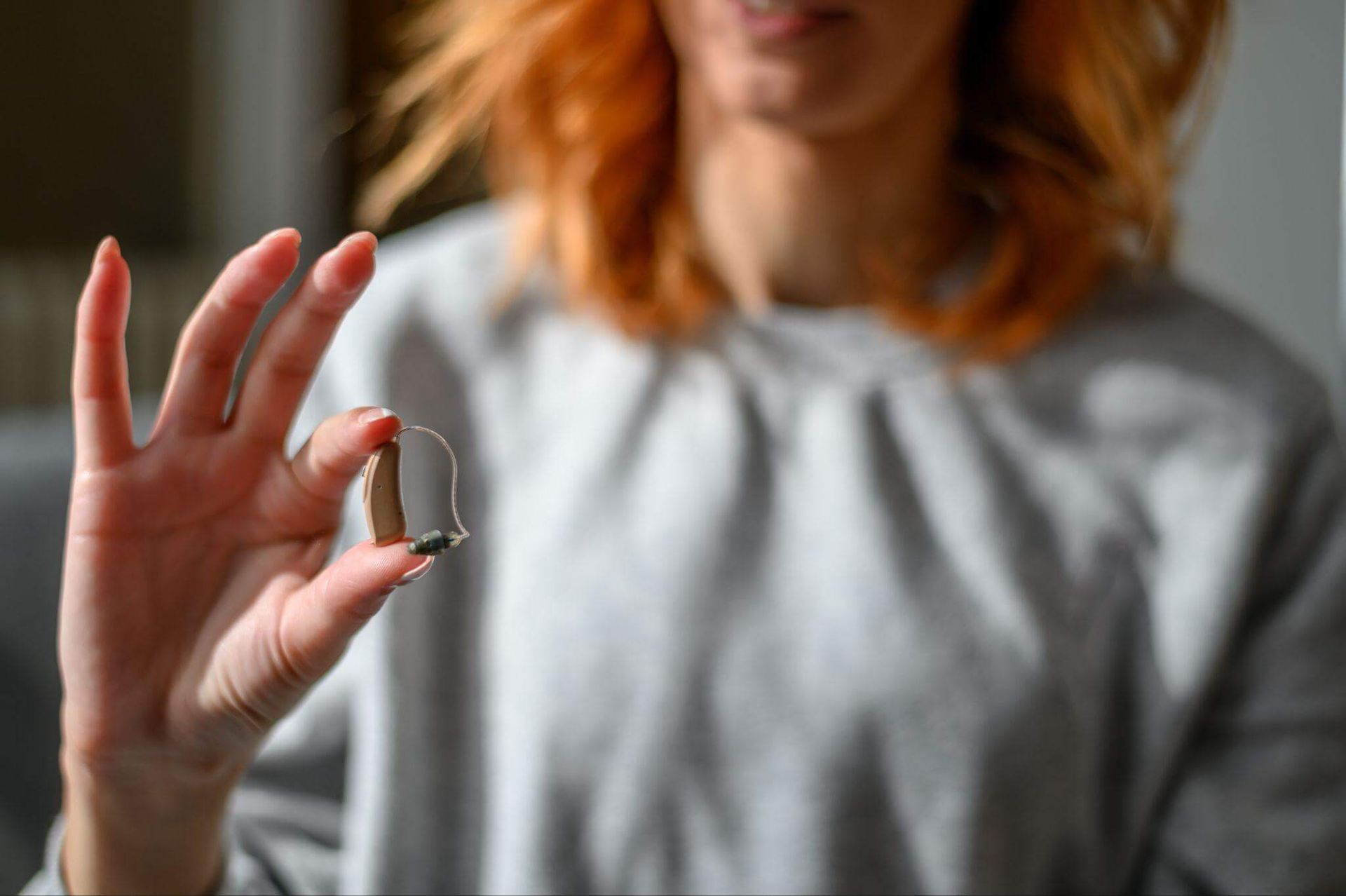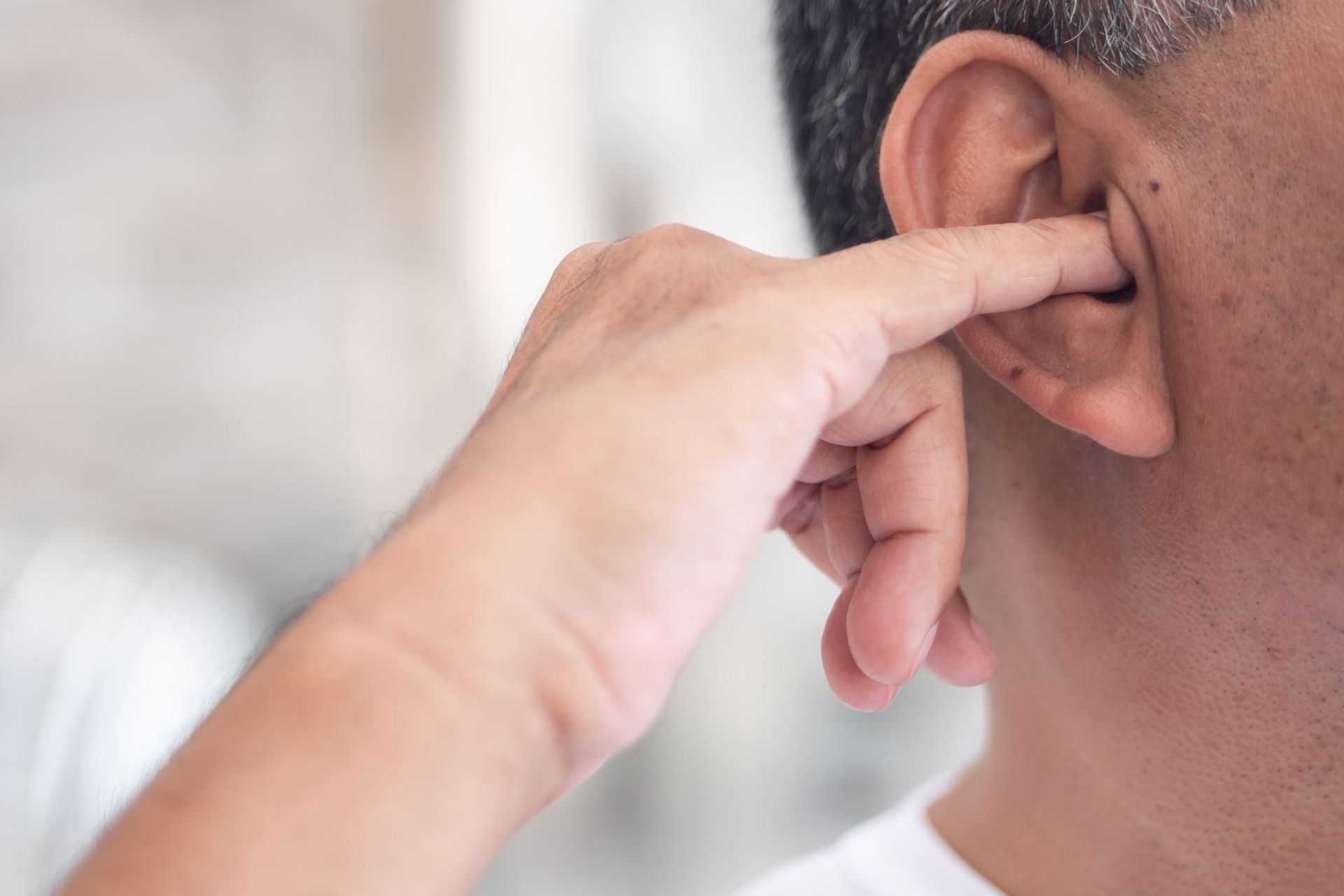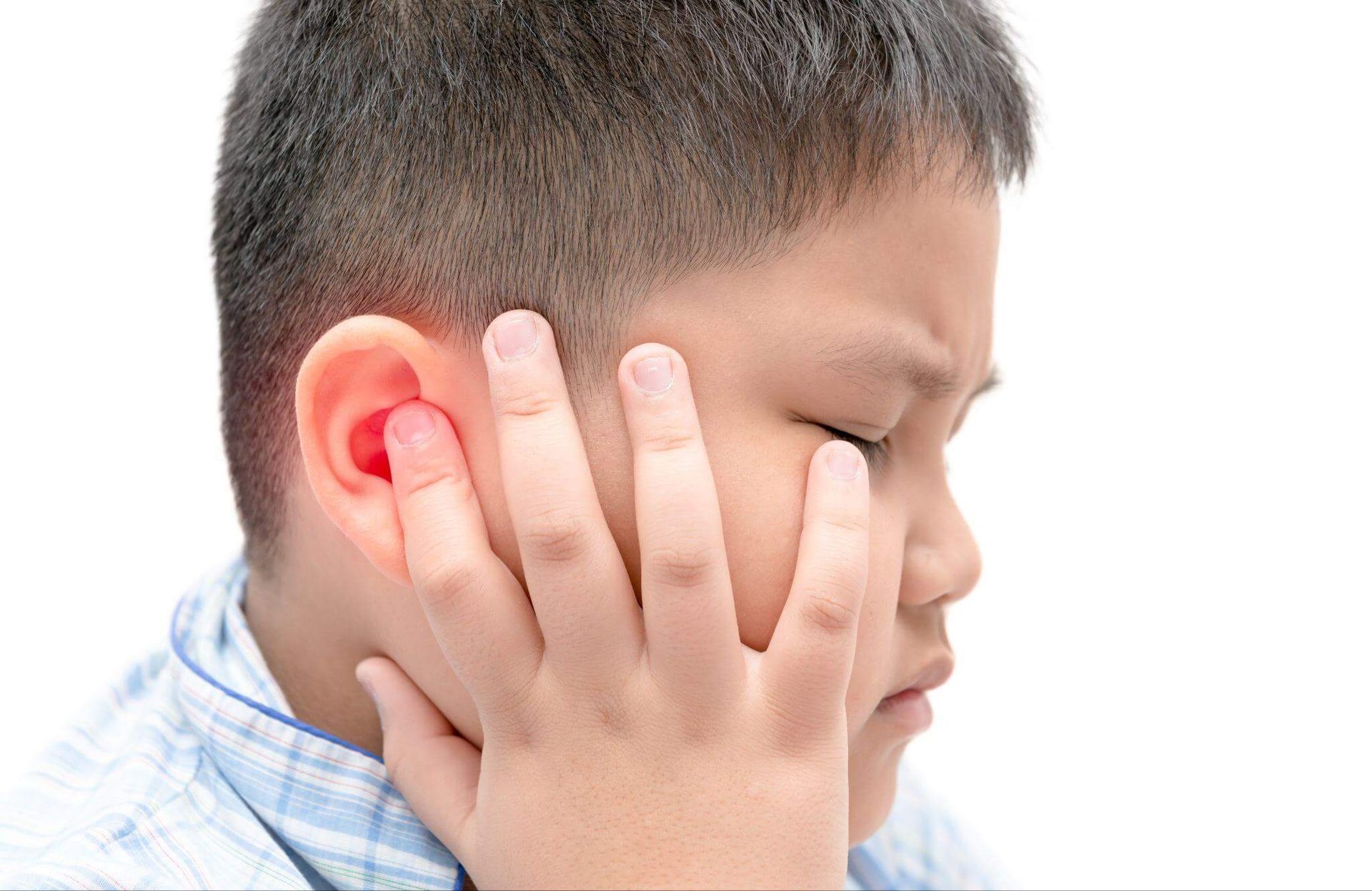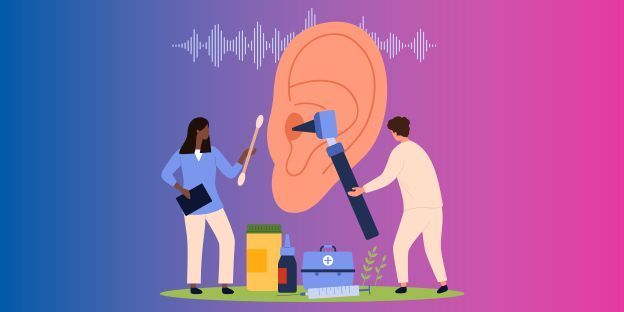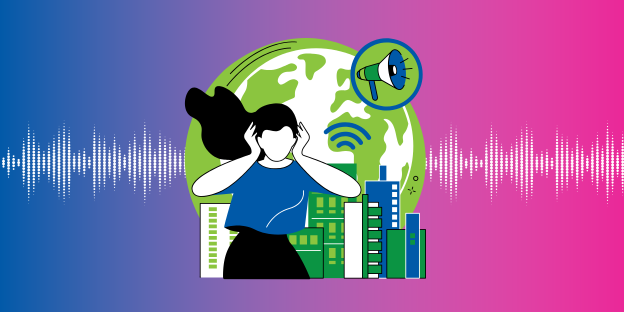Future of Hearing Aid Connectivity
Future of Hearing Aid Connectivity
Bluetooth technology was first introduced to hearing aids in 2005 – two years before the first iPhone was introduced. Although the technology was limited and it was a major drain on the batteries, it was a leap in connectivity for digital hearing aids.
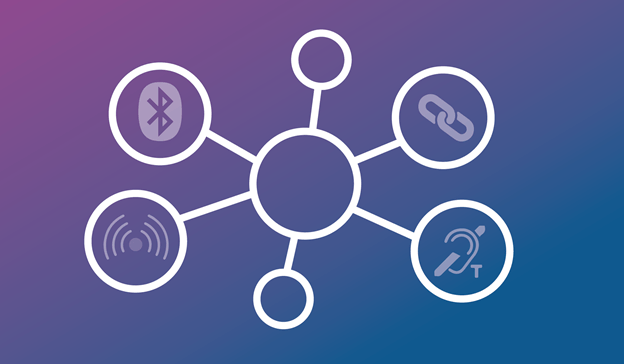
Today, many hearing aids come with various connectivity technologies to enable them to wirelessly connect to:
- Smartphones, tablets, computers, televisions and other personal devices
- Public sound systems in theatres, places of worship and concert venues
- Speaker systems at public service providers
- One another (that is, your left hearing aid connects with your right hearing aid)
Bluetooth hearing aids are the most well-known connectivity technology, but it certainly isn’t the only technology in modern devices. Looking to the future, we expect hearing aid connectivity will continue to improve in functionality and compatibility – all while not draining the battery.
Here is an overview of hearing aid connectivity and what we expect from the future.
Types of Hearing Aid Connectivity Technology
Bluetooth Hearing Aids
Bluetooth is a common technology that transmits data between devices that are near each other. From computer mouses, earbuds, speakers and more, Bluetooth has become known for its convenience and universality.
Bluetooth hearing aids can connect to smartphones, televisions, radios, music players and accessories like remote microphones. Here are a few of the things you can do with Bluetooth hearing aids:
- Connect to smartphones: Bluetooth connects hearing aids to smartphones, allowing you to adjust the device volume and settings. Some hearing aids use Bluetooth to find lost or misplaced hearing aids.
- Television streaming: Hearing aids can stream sound directly from your TV to your hearing aid (additional accessories may be required).
- Remote microphones: If you have trouble hearing in loud environments, you can use a remote microphone to better target and capture the sounds you want to hear.
- Phone calls: Using additional devices or apps, you can take calls over Bluetooth with your hearing aids.
Telecoil Technology
Telecoil technology is older than Bluetooth. It involves coiled copper wires found inside the hearing aids that respond to electromagnetic signals sent by other devices. Many public places are set up with “loop systems” to transmit signals for telecoil-enabled hearing aids.
Telecoils were originally used to connect to old telephones that naturally emitted electromagnetic signals. Although newer telephones don’t produce electromagnetic signals, they still come with equipment designed to connect to telecoils.
Although it’s an older technology, most modern hearing aids are equipped with telecoils.
One benefit of telecoil technology is that it can receive information from further away than Bluetooth.
Public places all over the world have hearing loop systems that broadcast information to telecoil hearing aids. Many churches, auditoriums, libraries, recreational centres, libraries and public service desks improve accessibility and convenience through the use of loop systems.
Short-Range Communication
Not only do hearing aids communicate with your smartphone or television, but they also communicate with each other. Near-field magnetic induction technology allows hearing aids to sync volume changes with each other, take phone calls in each ear, reduce background noises and provide directional sound input. When properly calibrated, you won’t even notice your hearing aids are communicating with each other.
The ability for hearing aids to communicate between both ears is one of the greatest technological hearing aid advancements of the last ten years. It’s the reason they can calculate the direction that sounds come from and suppress unwanted background noise. Modern hearing aids can even block sound out of one ear if something like a strong wind hits it and then broadcast the sound from the other ear into both.
Future of Hearing Aid Connectivity
Although we are unable to predict the future of hearing aids, there are noticeable trends in technology that we expect to continue. This is what we predict for the future of hearing aid connectivity.
Better Battery Life
Connectivity (especially Bluetooth) used to put a strain on battery life, but this is no longer the case. It is expected that future hearing aids will continue to advance in connectivity options but will not impact battery life.
Seamless Connections
Modern hearing aids can connect to devices like vehicles, televisions and smartwatches. Over time, we expect this list of devices will continue to grow.
Newer smart hearing aids can easily (and often automatically) switch between the Bluetooth device they are connected to. Modern hearing aid connectivity seamlessly provides users with a world of features.
More Wireless Accessories
As Bluetooth technology becomes more common, it also becomes more affordable. We expect there will be even more accessories that can connect to hearing aids, like wireless microphones, TV adapters, controllers and more. The possibilities are limitless.
Better Smartphone Apps
Hearing aid apps allow users to adjust volume levels, change noise filters and control connections to Bluetooth devices. As smartphone apps improve in functionality, they will allow anyone to better control their hearing aids.
If you have any questions about the features of your hearing aids, book an appointment today. We are always excited to help you get the most out of your hearing aids.


